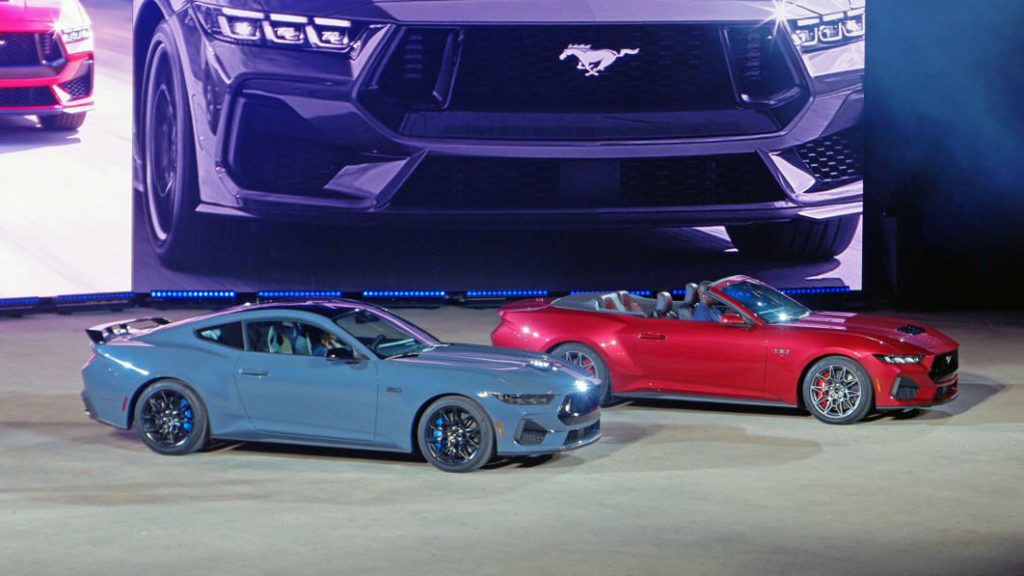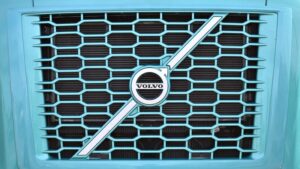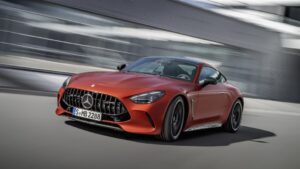Auto shows are changing, but changing into what?

After covering the Detroit Auto Show last month, I was left with two lingering impressions: Auto shows have a future as public events, but as media opportunities they will likely be limited going forward.
Auto shows have always been great opportunities for car buyers and enthusiasts to see and touch the latest new products. There’s only so much you can get online (though we think we do a pretty good job…) and most people don’t carve out time to go to a dealership until they’re well into the buying process. Wandering a large convention center with the kids is an easy way to figure out what might be the next family car, or simply a way to get excited about future sports cars or off-roaders that may or may not ever end up in your driveway.
As long as automakers still value this direct-to-consumer experience, car shows have a future, especially in cities like Detroit that revere that automobile. New York, Los Angeles and Chicago also take their shows seriously and are exhibiting no signs of pulling back the consumer element.
From a media perspective, it’s murky. There’s no real reason for automakers to debut their new vehicles in a convention center on a random Wednesday, simply because they always have done it that way. It actually makes a lot of sense to pivot to livestreams, social media and even streaming networks or apps to generate excitement around new products. Maybe even the metaverse will pan out for car reveals.
So from a press perspective, are auto shows dead? Probably not. The days of a dozen press conferences with CEOs and media from around the world jammed into a convention center for a Super Bowl level of attention are gone. Really, they have been fading for at least five years.
But there’s still opportunity for carmakers to create a buzz around new launches, which would in turn give auto shows something to pitch to the public. It could be mutually beneficial for companies and the shows.
For example, the Detroit show was headlined by the seventh-generation Ford Mustang’s debut, and enthusiasts were genuinely fired up to see it. When President Biden showed up in Detroit, it was a bonus. The press event was slimmed down, but that matters less than perhaps you might think. Organizers emphasized attractions for consumers, like the enormous duck and an exhibit of dinosaurs trampling by vehicles. Shows only need a few spotlight reveals to get significant press attention, which in turn generates publicity to get the public to put aside their weekend plans and come to an auto show.
Rather than treat these reveals as traditional press conferences, companies and the shows would be wise to think unconventionally, perhaps streaming them on Amazon Prime, Peacock or Hulu and packaging them up to create content that is interesting for consumers, highlights the new products and casts a sheen back onto the shows themselves. Don’t do a lame infomercial, obviously, but there’s opportunity here to try something new.
Next week the Paris Motor Show returns after missing the 2020 rotation due to Covid (Paris is an every-other-year event), followed by Los Angeles in November. CES in January is sporadic for car news and the Chicago show in February is usually a fairly quiet affair from a news perspective. By the time the New York event rolls around in the spring, we’ll have a better feel for what’s next, and hopefully have witnessed some creative ways shows can evolve.




